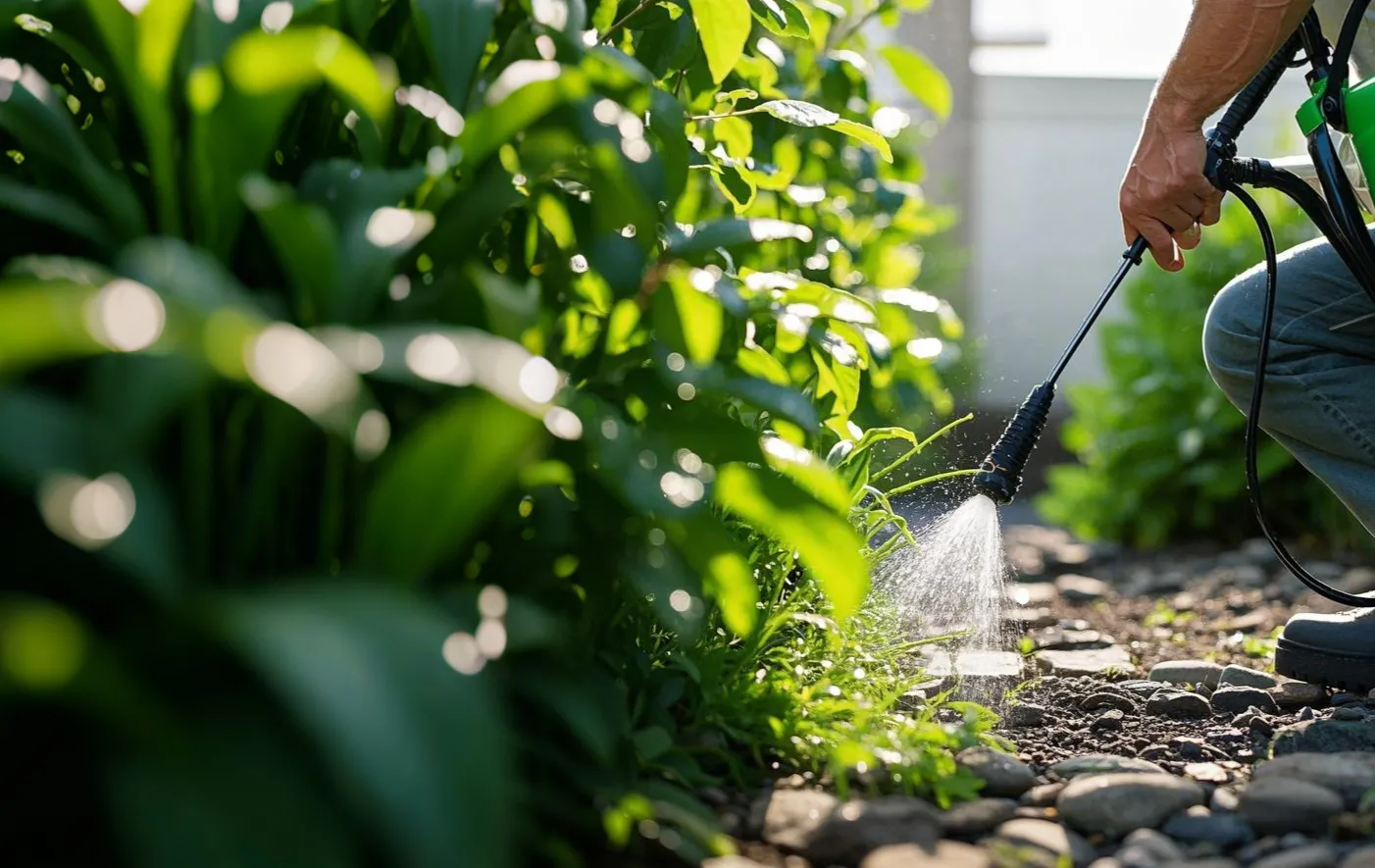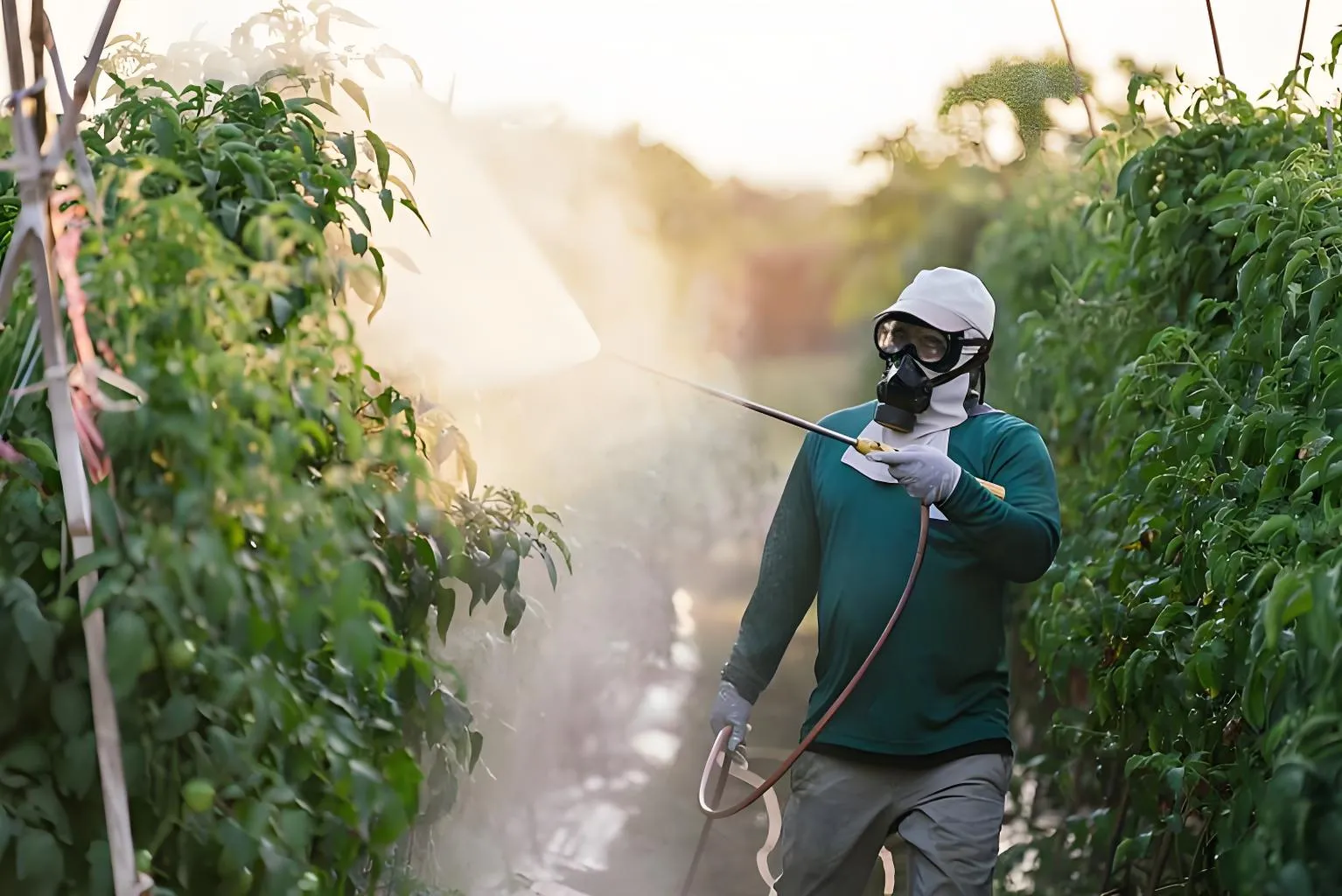The Role of Backpack Sprayers in Spot Treatment of Weeds

Illustration: Precision weed control with backpack sprayer
Applications of Backpack Sprayers in Spot Weed Treatment
Backpack sprayers are highly effective for targeted herbicide applications, allowing operators to treat individual weeds or specific areas without affecting surrounding crops or plants. This precision is essential for integrated weed management, ensuring that herbicides are used only where needed. According to the USDA Natural Resources Conservation Service, backpack sprayers are particularly useful for treating weeds in small plantings or areas that larger equipment cannot reach. (nrcs.usda.gov)
Challenges in Using Backpack Sprayers for Spot Weed Treatment
Despite their advantages, several challenges can arise when using backpack sprayers for weed control:
- Operator Exposure to Chemicals - Direct contact with herbicides during mixing and spraying can pose health risks. Proper handling and protective gear are essential.
- Physical Strain - Carrying a filled sprayer for long periods can lead to fatigue, particularly on uneven terrain.
- Calibration and Application Consistency - Ensuring accurate herbicide application is crucial. Incorrect calibration can result in ineffective weed control or plant damage. (nrcs.usda.gov)
Solutions to Improve Effectiveness

Proper PPE and maintenance tools
To address these challenges, several best practices can be followed:
- Use of Personal Protective Equipment (PPE) - Wearing gloves, goggles, and protective clothing reduces the risk of exposure.
- Ergonomic Equipment Design - A well-padded harness and adjustable straps help distribute weight more evenly, reducing strain on the back and shoulders. (fs.usda.gov)
- Proper Calibration and Maintenance - Regular calibration ensures consistent spray patterns and application rates, improving effectiveness. (efotg.sc.egov.usda.gov)
Conclusion
Backpack sprayers play a critical role in spot weed treatment, offering precision and flexibility for various agricultural needs. By addressing operator safety, optimizing equipment ergonomics, and ensuring proper application techniques, they remain one of the most effective tools for weed control.